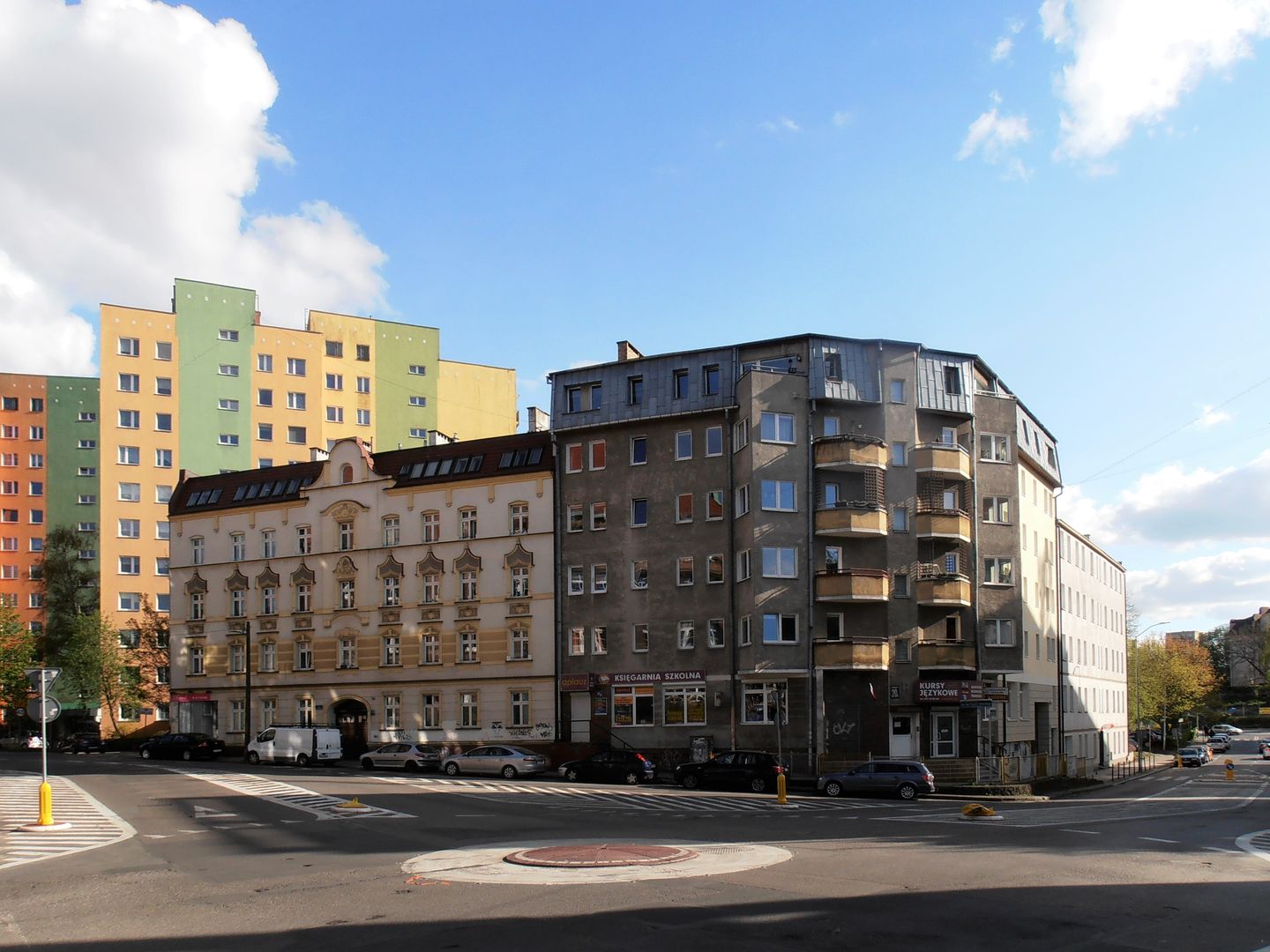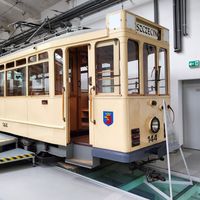Niebuszewo-Bolinko
6.09

Overview
Niebuszewo-Bolinko is an administrative housing estate in Szczecin, located in the city center, inhabited by over 19,000 people according to 2022 data. It consists of the Bolinko district and the southern part of Niebuszewo, and includes the cooperative housing estate Piastowskie. The history of the area dates back to the mid-19th century when the region developed due to industry, which led to it being named Grünhof (Green Manor). After being incorporated into Szczecin in 1859, the estate gained significance, with many factories and modernist residential buildings constructed. After World War II, as a result of the displacement of the German population, the area underwent demographic changes, and a significant portion of its urban structure was destroyed. Post-war construction largely focused on prefabricated apartment blocks, though some pre-war buildings, such as the Museum of Technology and Transport and the Szczecin Niebuszewo railway station, have survived to this day. The estate features numerous historical monuments, including an 18th-century tram depot and modernist tenement houses from the 1920s and 1930s. Culture in Niebuszewo-Bolinko thrives thanks to institutions such as the Museum of Technology and Transport and public libraries. The estate is well-connected, served by tram and bus lines, and future plans under the Szczecin Metropolitan Railway project aim to develop rail transport with new connections. An interesting fact is that the estate council was established in 1990, and its activities are supported by resident self-government. Despite low voter turnout, the estate remains active in local governance. Niebuszewo-Bolinko is a place that blends history with modernity, and its architectural heritage and diverse cultural attractions draw the attention of both residents and tourists.
Location
Tickets
Powered by GetYourGuide
2025 Wizytor | All Rights Reserved

